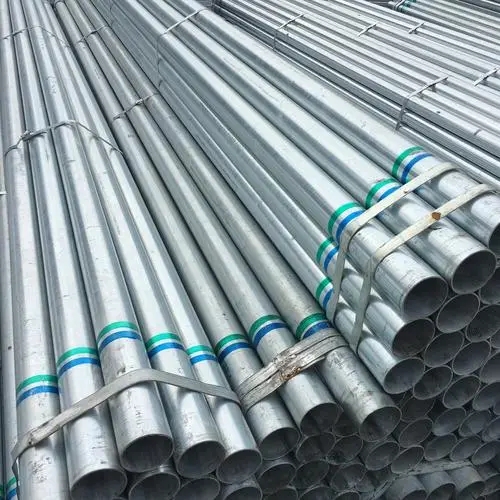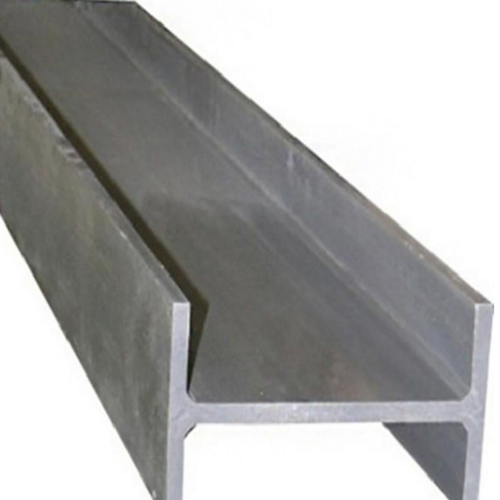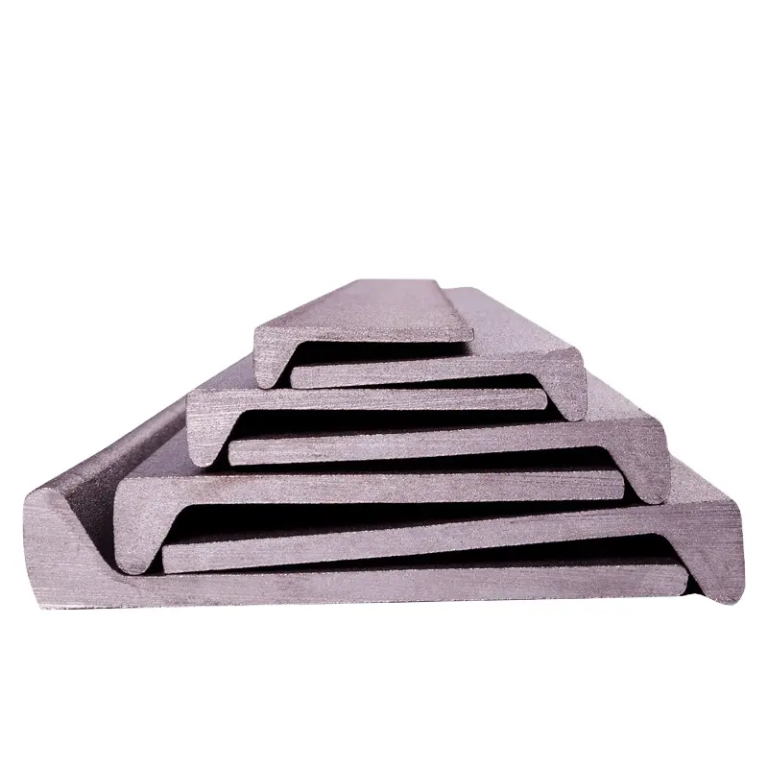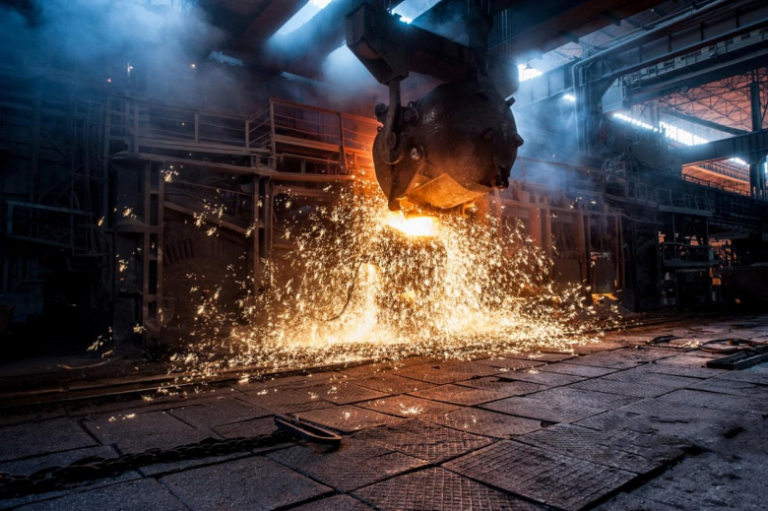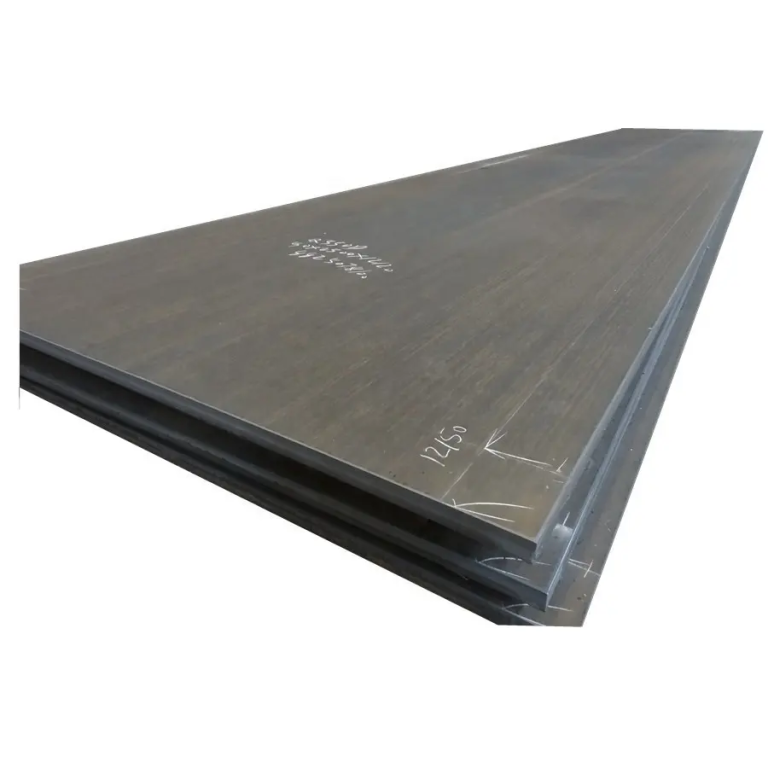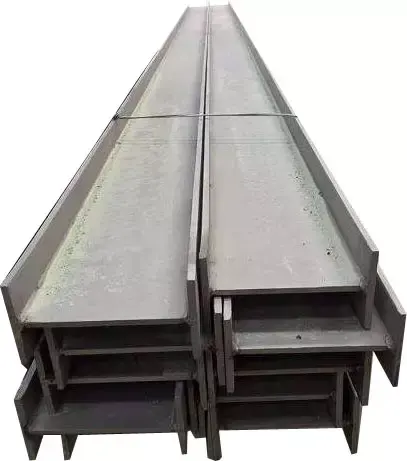The corrosion resistance of hot-dip galvanized steel pipe is dozens of times that of cold-dip galvanized steel pipe. Let’s take a look at the detailed differences between hot-dip galvanized steel pipe and cold-dip galvanized steel pipe.
Hot-dip galvanized steel pipe Hot-dip galvanized pipe In order to improve the corrosion resistance of steel pipes, ordinary steel pipes are galvanized. Galvanized steel pipes are divided into hot-dip galvanizing and electro-galvanizing. Hot-dip galvanizing has a thick galvanized layer, electro-galvanizing has a low cost, and the surface lubricity is reduced.
One of the differences between hot-dip galvanized steel pipes and cold-dip galvanized steel pipes: cold-dip galvanized pipes and hot-dip galvanized pipes have great differences in working methods. The zinc in hot-dip galvanizing is zinc obtained at 450 degrees Celsius to 480 degrees Celsius, while the zinc in cold-dip galvanized steel pipes is zinc obtained by electroplating at room temperature.
There is a great difference in the thickness of the galvanized layer between cold-dip galvanized pipes and hot-dip galvanized pipes. The thickness of zinc in hot-dip galvanized steel pipes is much thicker than that in cold-dip galvanized steel pipes. There is a big difference in surface smoothness between cold-dip galvanized pipes and hot-dip galvanized pipes. The surface of cold-dip galvanized steel pipes is much rougher than that of hot-dip galvanized steel pipes.
There is also a big difference in price between cold-dip galvanized pipes and hot-dip galvanized pipes. Hot-dip galvanized steel pipes are produced by regular galvanized pipe manufacturers. For the quality of galvanized pipes, they generally do not use electrogalvanizing as a galvanizing method. Most companies with older equipment and smaller designs use electrogalvanizing. Naturally, cold-dip galvanized steel pipes are much cheaper than hot-dip galvanized steel pipes.

